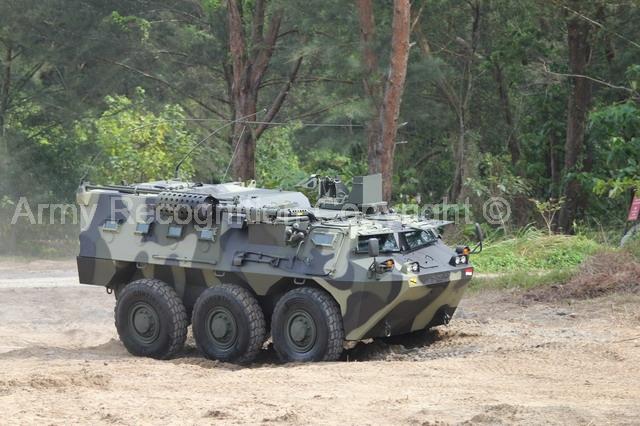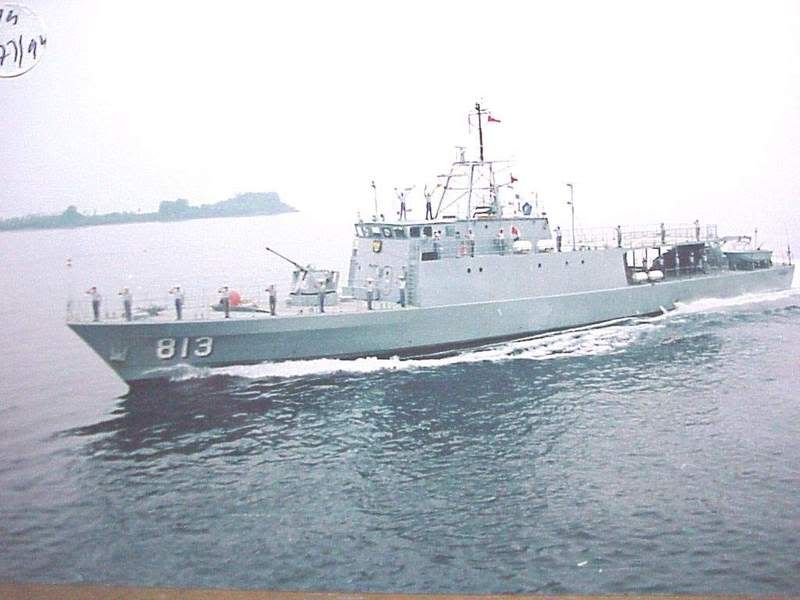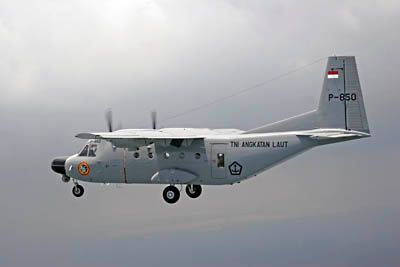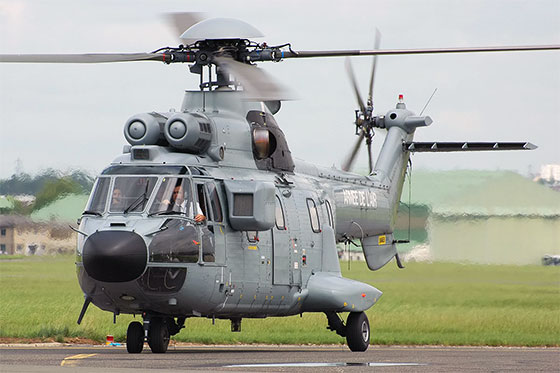Mar 2013, Economist
THE tiny island-state of Singapore, home to just over 5m people, has a well-deserved reputation as a quiet, clean-cut hub for banking, lawyering and golf. Yet beyond the fairways it bristles with weapons.
According to a report from the Stockholm International Peace Research Institute (SIPRI), Singapore is now the fifth-largest arms importer in the world, bested only by some obvious behemoths—China, India and Pakistan—plus South Korea. Singapore accounts for 4% of the world's total spending on arms imports. Its defence spending per head beats every country bar America, Israel and Kuwait. This year $9.7 billion, or 24% of the national budget, will go on defence.
These are striking figures, but then Singapore has been one of the bigger spenders in the region since its rancorous split from Malaysia in 1965. The difference now is that almost every country in South-East Asia has embarked on a similar build-up, making it one of the fastest-growing regions for defence spending in the world. Military analysts at IHS Jane's say that South-East Asian countries together increased defence spending by 13.5% last year, to $24.5 billion. The figure is projected to rise to $40 billion by 2016. According to SIPRI, arms deliveries to Malaysia jumped eightfold in 2005-09, compared with the previous five years. Indonesia's spending grew by 84% in that period.
It is part of a wider Asian phenomenon. For the first time, in modern history at least, Asia's military spending is poised to overtake Europe's, according to the International Institute for Strategic Studies, a think-tank in London. China is doubling its defence budget every five years and India has just announced a 17% rise in spending this year, to about $40 billion.
Until recently domestic insurgencies have amply justified some South-East Asian countries' defence spending. Yet for decades there have been no interstate conflicts. An existential angst remains in Singapore over Malaysia to the north and Indonesia, its big neighbour to the south. Still, it is hard to imagine any of the Association of South-East Asian Nations (ASEAN) locking horns, apart perhaps from Cambodia and Thailand, who lob the occasional artillery shell at each other over a disputed temple on the border.
Mostly, though, countries seem to be exploiting economic success to update their hardware while the going is good. Defence spending slowed sharply after the Asian financial crisis in 1997-98, when many planes and ships were already old. Now many countries are enjoying rapid economic growth, of up to 6% a year, and robust budgets. This is not, says Bill Edgar of IHS Jane's, a “strategic” arms race. Rather, he says, it is all about modernisation.
Take the regional giant, Indonesia. The Indian Ocean tsunami of 2004 not only devastated communities, it also laid bare the shortcomings of the armed forces, which proved to be ill-equipped and demoralised. As American and Australian troops poured off aircraft carriers and other ships into the ravaged province of Aceh to bring aid and search for victims, Indonesian troops were reduced to spectators. The newly elected president, Susilo Bambang Yudhoyono, took the humiliation personally. A former general, Mr Yudhoyono has since made modernising Indonesia's armed forces a priority.
Indonesia is spending $8 billion this year on defence—still rather modest for a country of 240m, but up sharply from $2.6 billion in 2006. Much is going on new hardware and spare parts. The country has acquired Russian and American warplanes, including F-16 fighters, vessels for its navy, and spare parts for its C-130 transport planes. In January Indonesia signed a $1.1 billion deal for three German-made diesel-electric submarines, and lawmakers are debating whether to buy 100 Leopard tanks from the Netherlands. Mr Yudhoyono also wants to improve the lot of soldiers, with higher salaries and benefits.
Domestic political calculations are another factor behind the region's defence splurge. Terence Lee at the National University of Singapore argues that in countries where the armed forces have meddled in politics, civilian politicians use larger defence budgets to buy political compliance from the military—Thailand is a case in point. Singapore, on the other hand, has a different motivation. It is the only country in the region building its own high-tech arms industry. Singapore has long sold weapons to other developing countries, but has recently been winning its first large orders from Western armies too. ST Engineering, the only South-East Asian firm in SIPRI's top 100 defence manufacturers, has sold over 100 Bronco (or Warthog) armoured troop carriers to the British, for use in Afghanistan.
For all that, strategic concerns do count for something. For example, the sea lanes leading to the Strait of Malacca are the lifeblood of Singapore's prosperity. And over the past decade, some may have worried that America was distracted by war elsewhere. So the growth of a Chinese blue-water navy has implications.
Strategic concerns also loom large for any country with a territorial claim to the disputed South China Sea (see article), where China's assertive stance has provoked a surge of spending by, for instance, Vietnam. The country recently ordered six Kilo-class submarines from Russia. Vietnam is also buying seven or so new frigates and corvettes over the next decade. In the Philippines the government of President Benigno Aquino almost doubled the defence budget last year, to $2.4 billion.
Even with new submarines and planes, Vietnam and the Philippines are still no match for Asia's new superpower, should it come to war. But it might make China think twice, or even thrice, before trying anything, and buy time before America—presumably—comes to the rescue.
Military Power and Balance in South East Asia, Vietnam, Philippines, Indonesia, Malaysia, Singapore, Thailand, Burma
Drone-88

Friday, June 28, 2013
Monday, June 24, 2013
Indonesia Defense Industry achievement - 100% made in Indonesia
NOAA Pansera variance Militer
NOAA Pansera variance PBB
NOAA Pansera variance Kanon
Pansera amphibious
NOAA Pansera variance Ambulance
NOAA Pansera variance Karantula
NOAA Pansera variance Mortir
KOMODO Rantis Varian Mist

KOMODO Rantis Varian Humer
Kendaraan Rantis 4x4 PT.PINDAD
P3 Ransus buatan PT Sentra Surya Ekajaya
Dan APC Amphibia buatan PT.Wijayadi Bahari
MARTA MILITER PRODUK Lute
Militer Produk yang di buat Kedu Kapalua perang oleh PT.PAL
KRI Tongkol 813 (FPB-57 NAV I Buatan PT.PAL)
KRI Banjarmasin 592 Buatan PT.PAL
KRI Clurit Buatan PT 641. Palindo Marine Industries
KRI KLEWANG (KCR) di buat di Bayuwangi
KRI Krait 827 pembuatan di Batam
KRI Tarihu 829
Hovercraft buatan Indonesia
Sabar tak Rakyat Indonesia menunggu Kapalua Selam buatan meluncur
MARTA MILITER PRODUK watering
Produk Militer ketiga buatan PT.DI CN-235
CN-235 Maritime Patrol Pesawat buatan PTDI
Helikopter Bell 412 buatan PT. DI
NC_212-200 PT.DI
Helikopter Tempur Buatan Versi Indonesia BO 105 P
Helikopter Super Puma buatan PTDI di beri nama NAS 532
Mata-mata Pesawat UAV buatan IND Indonesia SMART EAGLE II
UAV WULUNG BUATAN BPPT
Prototypes merupakan Dan ini yang akan di Helikopter Tempur Gandiwa buat PT.DI

Indonesia akan membership cards Pesawat Tempur IFX Kerjasama Dengan Korea Selatan

PRODUK MILITER ROKET DAN MISIL Buatan Indonesia
Produk-produk dan roket misil Lapan
Roket Lapan RX-420
Satellite SLV-Lapan Peluncur
smart bom BP-250 buatan Litbang TNI

ROKET R-HAN Lapan
Test Peluncuran Roket R-Gerak Peluncur HAN Pindad MEnggunakan
Senja Senja-BUATAN INDONESIA
Senja Produk Indonesia buatan Buatan PINDAD
SS1 PINDAD
SS1 dan Sniper PINDAD

SS2-PINDAD
ss2 v5a1

SNIPER Buatan PINDAD
Pistol PS-01

Senja Mesin multi Laras buatan Dislitbangad

Janis Bebagai Amunisi dan Bom PT PINDAD

Meriam ME-105 PINDAD
Sumber militerindonesiamy.blogspot.com
Subscribe to:
Posts (Atom)






























